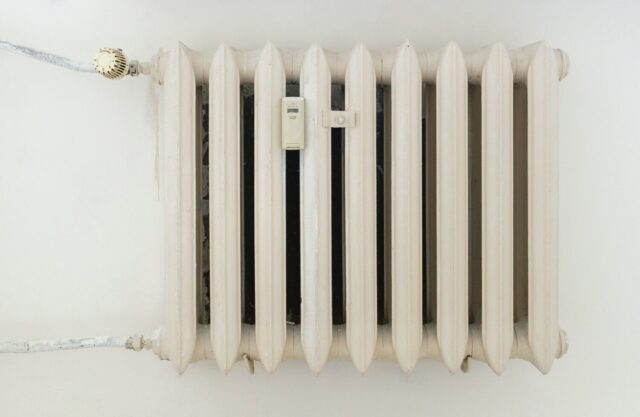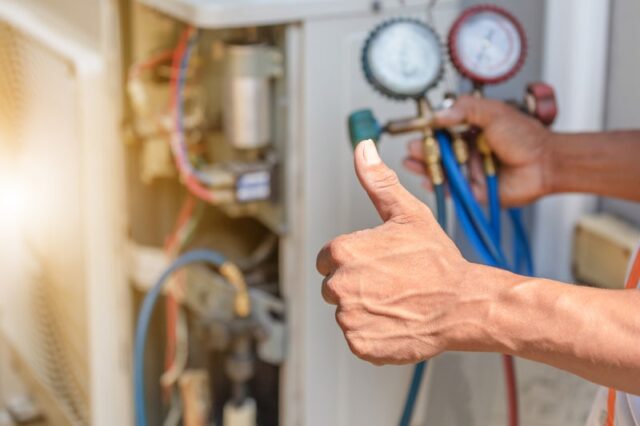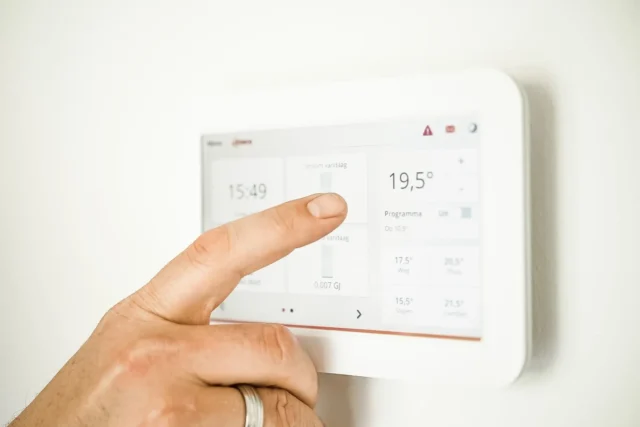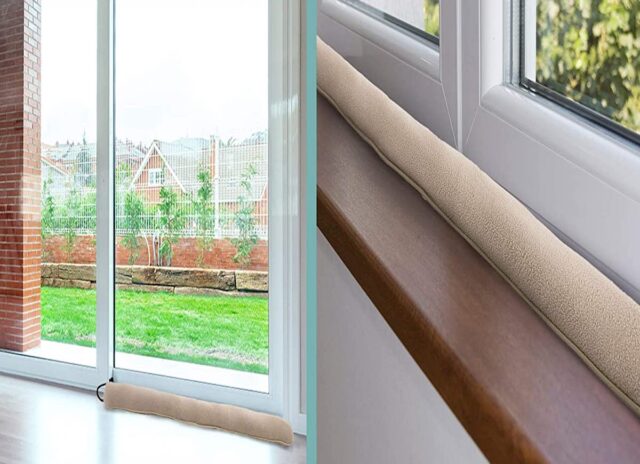
A house is a long-term investment that requires continuous care and intention to generate a return. Conducting proactive home maintenance will minimize the risks of larger repairs and ease the financial burden of homeownership.
One of the commonly overlooked areas in the home is the furnace. Many homeowners fail to properly maintain or address the furnace until a serious issue arises. This inaction results in higher consumption, higher costs, and higher risks.
Here are 5 tips for maintaining your furnace to avoid costly issues in the future.
Schedule a Fall Tune-Up
One of the best things you can do to maintain your furnace is to schedule an annual tune-up visit. Most homeowners opt to book this service during the early fall when the weather is starting to cool down. Proactively booking this service prevents long waits and ensures everything is operational for the first cold day.
Other homeowners prefer to book their professional maintenance in the spring as they shut the furnace down for the winter. Most modern furnaces are electronic and no longer have a pilot light. As such, they don’t need to be fully powered down for the spring and summer. Additionally, many modern HVAC systems are integrated with air conditioning using the forced air system from the furnace.

During a preventative maintenance and tune-up visit, the technician will:
- check and tighten connections
- look for signs of leaks
- check controls
- clean the unit
- clean or replace the filters
Some services also calibrate the thermostat and make adjustments to ensure your furnace is running as efficiently as possible. You can check CM Heating for more details on maintenance tasks.
Clean Filters and Vents Regularly
While booking a professional tune-up visit is a wise investment, it doesn’t negate the importance of maintenance during the winter months.
Set a reminder for every month the furnace is running to clean out the filter and vents. You should schedule this task regardless of your heating type, as it directly impacts efficiency. I.e., if you use an oil furnace and a heat pump for supplementary heat, clean out both filters.
Cleaning out the vents will also help improve heat distribution and airflow while protecting the air quality in your home. You should do this task year-round if you have a forced air system.
If the filters are clogged, the furnace will work harder to move air throughout the house. As a result, it will use more energy or fuel to reach the desired output level.
Use a Smart Thermostat

Installing a smart or programmable thermostat will give you better control over the heat output. These devices allow you to monitor the temperature and adjust based on your activities.
You can program your furnace to drop the temperature a few degrees while your family is asleep or away from the house. Smart thermostats also have remote control apps in case you forget to adjust the temperature before leaving unexpectedly.
Smart thermostats also analyze your output and habits to offer efficiency recommendations. These can help you adjust your settings to save money and reduce the wear and tear of your furnace. Finally, a simple temperature adjustment of a few degrees can make a big difference in how hard your furnace works. If you can survive 70°F, you can survive 68° F with a sweater.
Invest in Insulation and Draft Protection
Investing in insulation and draft protection is another way to reduce strain on your furnace (and your wallet).
Drafts make it harder to achieve the desired temperature level, as your furnace will constantly be battling the outdoor temperature. As windows are accountable for 25-30% of heat loss, they’re a great place to start. Add caulking or a cellophane window kit to correct and block drafts. You can also use thermal curtains to reduce airflow. Open these on sunny days to capitalize on radiant heat.
Add weather stripping and draft blockers to exterior and basement doors. If your home has a slab or open basement, consider using thick area rugs during the winter months.

Check your attic insulation at least once per year to determine whether more is needed. If you can see the floor joists while looking at eye level with them, it’s time for more insulation.
Know the Signs of an Issue
Education and proactivity are critical for maintaining your furnace and preventing costly issues. Even with the maintenance tips listed above, problems can arise. Knowing what to look, listen, and sniff for will help you deal with them quickly before the wear and tear cause a significant issue.
Some of the common signs of a furnace issue include:
- Absence of sound – this indicates that the furnace isn’t moving warm air through the home or functioning at all.
- Short-cycling – the furnace kicks in and abruptly shuts off before the cycle is complete or air is distributed.
- Blowing cool air – this indicates that combustion isn’t taking place.
- Thermostat discrepancy – when the temperature on the thermostat seems different than the actual temperature, it could be an inefficiency or humidity control issue.
- Sweet odor – this indicates a chemical leak. Turn the furnace off immediately.
- Plastic or smoke odor – this indicates something burning. Turn off the furnace immediately.
When in doubt, call a technician to check out your furnace. If you use oil or natural gas, ensure you have carbon monoxide detectors on each floor and around the bedrooms.
Benefits of Maintaining Your Furnace
Maintaining your furnace offers several benefits. Many of these benefits are financial and ultimately cover the costs associated with routine maintenance.
The top benefits of maintaining your furnace include:
- Extended lifespan – a well-maintained furnace can last over 20 years, resulting in fewer replacement hassles and thousands saved over time.
- Lower energy costs – a functional furnace is more energy or fuel efficient than a poorly maintained furnace. You’ll save hundreds to thousands in consumption.
- Lower repair costs – maintenance minimizes the risk of breakage for lower labor and part replacement costs.
- Better air quality – furnace maintenance minimizes debris, chemicals, and poor humidity control that impact air quality.
- Maintain warranty – routine maintenance is necessary for many newer furnace warranties.
Furnace maintenance is an essential home upkeep task. Add this project to your to-do list so you can capitalize on the benefits listed above.













